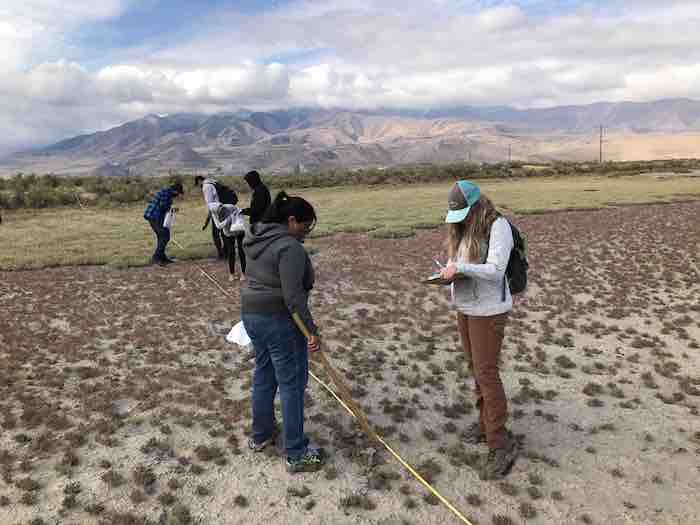|
- Coniferous forests of the Wasatch Mountains (Big Cottonwood Canyon field trip; upper and lower limit tree distributions on north- and south-facing slopes; site water balance and plant distribution modeling)
- Grassland and oak shrublands of the lower Wasatch Mountains (Red Butte Canyon field trip; line transects for plant community characterization; DBH sampling to estimate tree ages; sun-shade leaf evaluations)
- Salt desert communities of western Utah (Tooele Valley and Skull Valley field trip; line transects to characterize plant distributions along salinity gradients; determining soil salinities and nitrate concentrations; evaluating leaf carbon isotope variations to assess stomatal constraints and photosynthetic pathways)
- Campus as a Living Lab (structure and leaf characteristics of dominant trees in forest ecosystems across North America, Europe, and Asia)
- Analytical training and theoretical principles of isotope ratio mass spectrometry, gas chromatography, and elemental analyzers with applications to solid, liquid, and gas samples
- Developing, assembling, presenting, and evaluating a proposal
